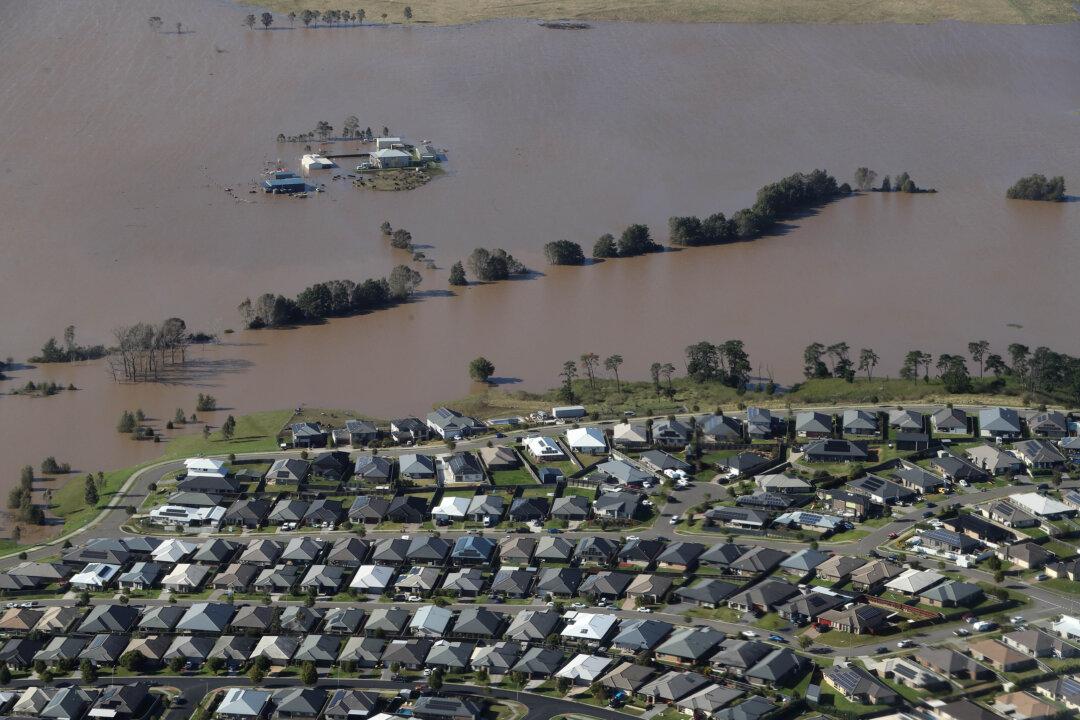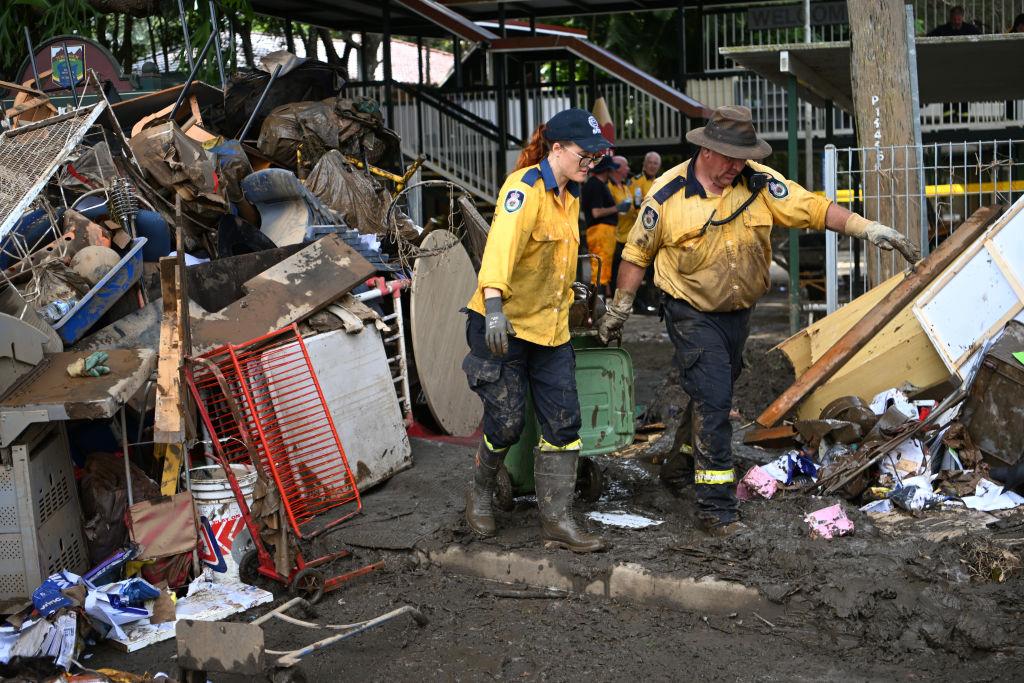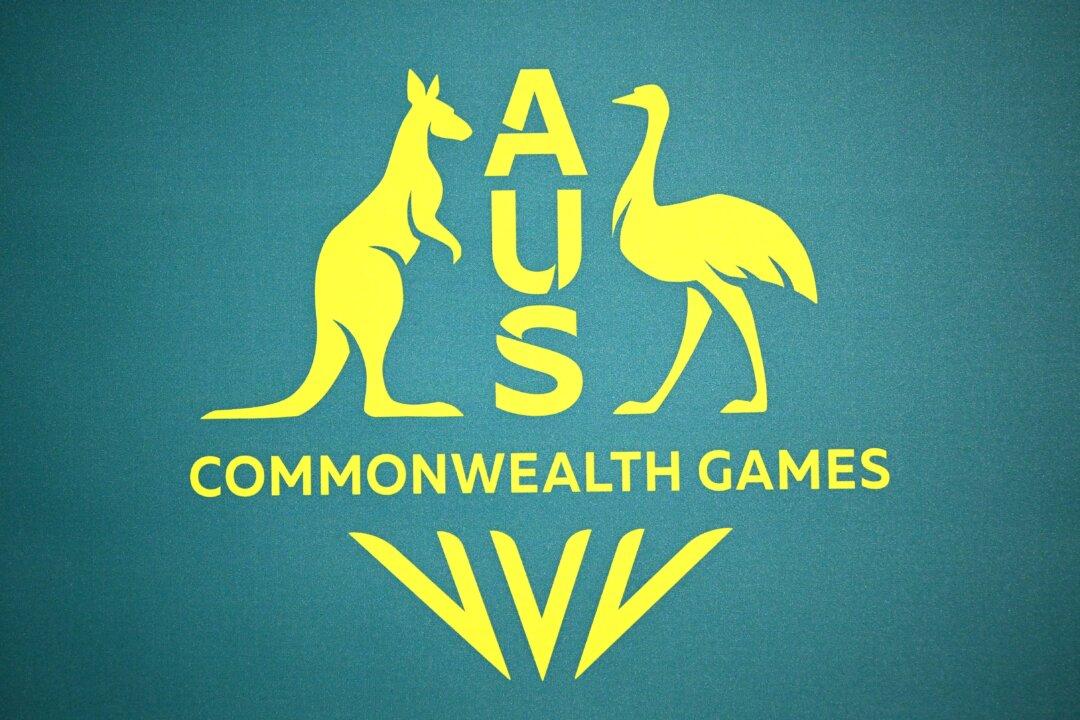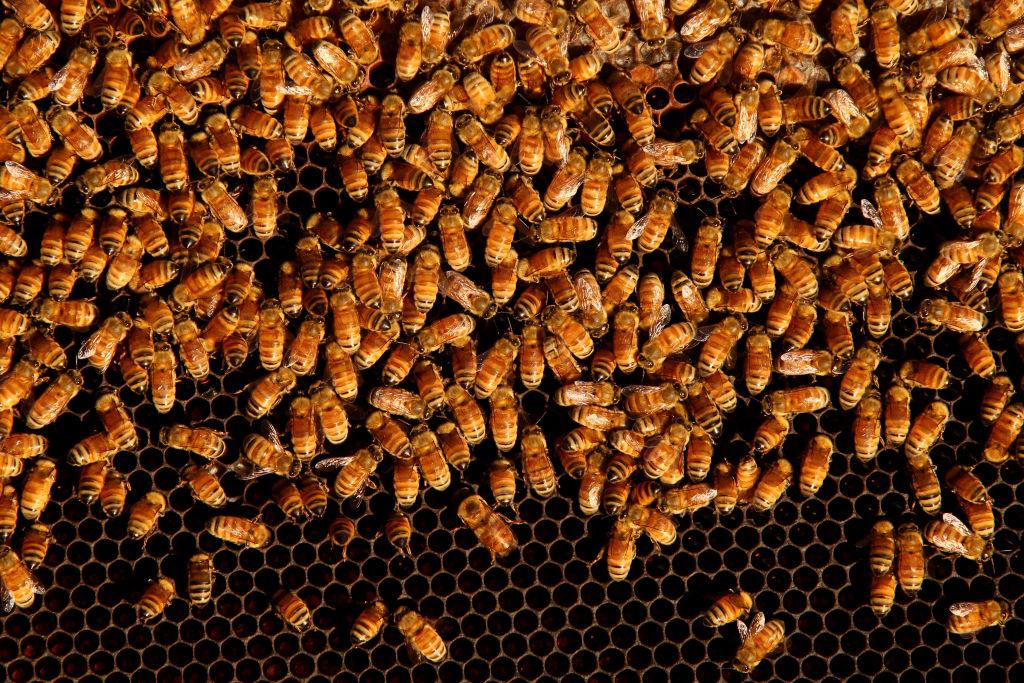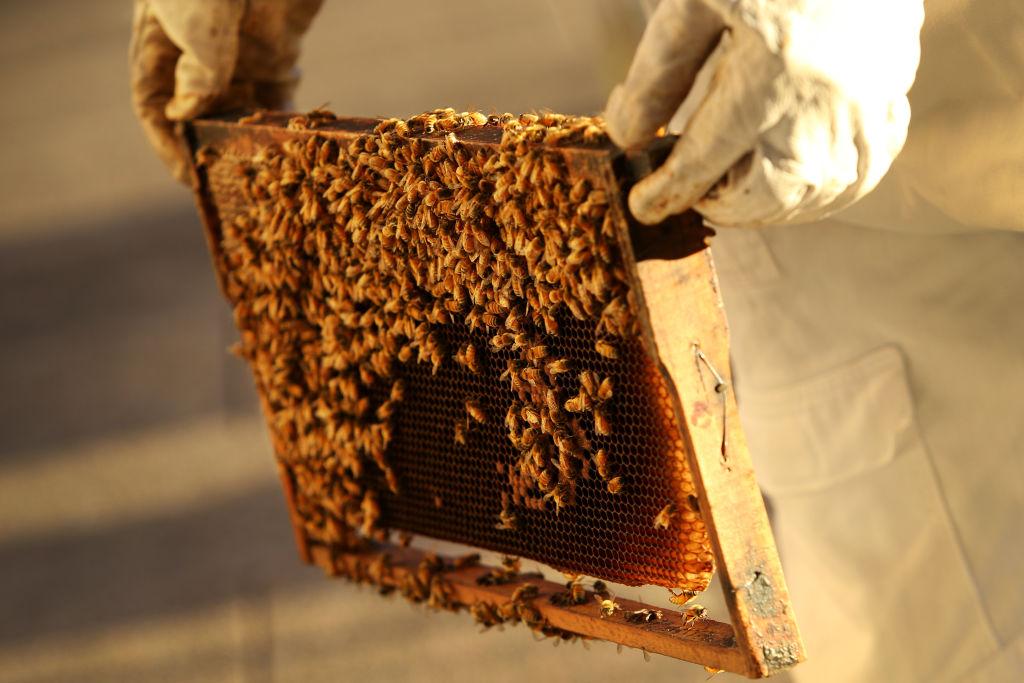The New South Wales government will spend almost $200 million (US$134 million) in new funding in order to implement several recommendations from the independent Flood Inquiry, following the recent catastrophic flood events across the state.
On Dec. 14, the NSW government announced the funding of $199.4 million, to go towards ensuring the state’s emergency agencies are better equipped for future flood events. This funding will also assist support communities from incident response to recovery.
